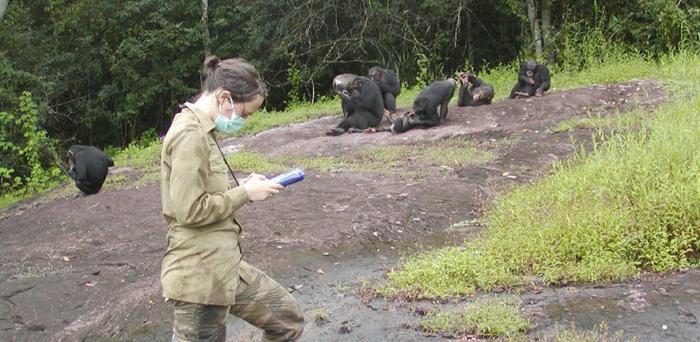Primates are the group of mammals that includes monkeys, apes, lemurs – and humans. There is far more research and conservation funding for non-human primates than other animal species, due largely to their charisma and their close relationship with humans. Despite this, about 60 percent of primate species are now threatened with extinction and 75 percent have declining populations.
In a study published in the journal BioScience, a team of experts in 21 countries examined 13,000 primate studies. They found a severe lack of evidence for the effectiveness of primate conservation measures.
The team found only 80 primate studies that investigated the effectiveness of conservation measures. In addition, only 12 percent of threatened primates and 14 percent of all known primate species were covered by these intervention studies. The studies focused on large-bodied primates and Old World monkeys, particularly great apes, but left out entire families such as tarsiers and night monkeys.
Despite the taxonomic biases, the authors also found that primate studies were biased towards specific geographic regions and interventions. Fewer than half of the 162 possible primate conservation activities identified by primate experts were evaluated quantitatively.
Likewise, almost 80 percent of tested interventions were of unknown effectiveness. This was due to studies lacking quantitative data, difficulties in undertaking post-implementation monitoring of populations or individuals, or implementing several interventions at once.
“Our findings imply that many primate conservation activities are carried out without demonstrably knowing if they have worked or not in other similar situations. This is alarming, given the urgent need for effective conservation measures for these species. Primate conservationists need to showcase the most effective actions for others to learn from,” said Dr Silviu Petrovan in the University of Cambridge’s Department of Zoology, who co-led the research.
“Whether a species was threatened or not played no role for the scientists in the choice of their studied species. We therefore lack the evidence-based information necessary to effectively protect and manage many vulnerable species,” said Dr Jessica Junker at the German Centre for Integrative Biodiversity Research (iDiv) and the Max Planck Institute for Evolutionary Anthropology (MPI-EVA), who co-led the research with Dr Petrovan.
Image: Researcher recording data on a group of habituated chimpanzees (Pan troglodytes verus) in Taï National Park, Ivory Coast.
Credit: Sonja Metzger, 2008.
Reproduced courtesy of the University of Cambridge
